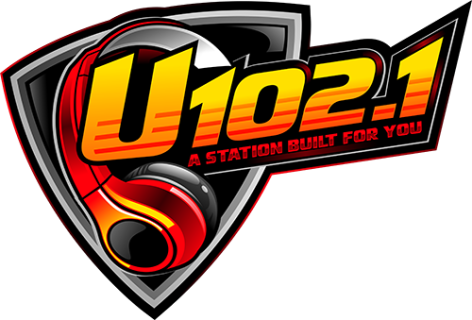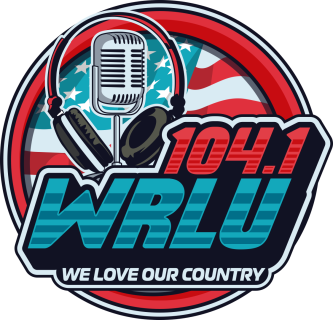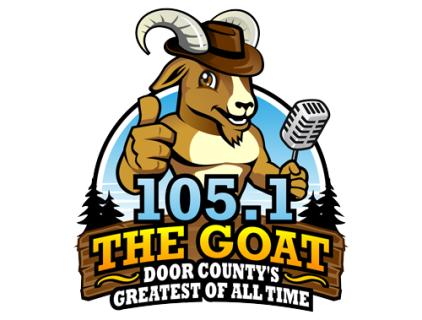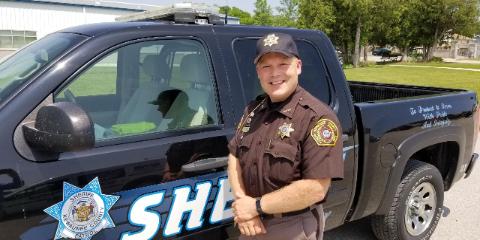With the changing colors and the shorter days come more concerns for area motorists. Fall usually means an increase in wildlife activity crossing roadways. In Kewaunee County, car versus deer accidents are on par with last year’s pace of right around 220. Many motorists use their high beams more during the fall as a precaution to protect themselves from possible collisions. Kewaunee County Sheriff Matt Joski says that is okay to do, but you also have to be aware of other motorists.
With the fall also comes more traffic from the agricultural community as they head out to their fields to harvest their crops, spread nutrients, and plant different species of cover vegetation. Next week the National Education Center for Agricultural Safety commemorates National Farm Safety and Health Week to educate people about one of the nation’s most dangerous industries. According to Wisconsin State Farmer, there were 175 traffic-related accidents involving farm equipment in 2018, resulting in over 70 injuries and seven deaths. Joski says motorists and farmers need to work together to keep each other safe.
He also recommends farmers make sure they do a good job cleaning up after leaving the fields as complaints about dirt clumps on area roads rise during the planting and harvesting seasons.
MORE FROM SHERIFF JOSKI
After being away with the Guard last recently, I finally got the chance to get back to my morning runs and realized how quickly we have gone from the early morning sun rises of summer to the dark mornings of fall and winter. This realization prompted me to focus this week’s article on the use of headlamps.
Now that the days are getting shorter and the nights longer, it is a good time to discuss lighting on vehicles. This provides us with a reminder and opportunity to make sure your vehicle as well as any trailer lights are operational. While preventative maintenance on your vehicle equipment will make you and your occupants safer, it will also eliminate the potential for being stopped for defective equipment. It is also important not to rely on those automatic headlamps as they may or may not pick up on such conditions such as fog or early morning mists which have a definite impact on visibility.
In this article I would like to discuss high beams and low beams. I don’t have many pet peeves, but one of them is definitely when people do not dim their headlamps when they meet another vehicle. Wisconsin state Statute covers this in 347.12(1)(a) “Use of Multiple Beam Headlamps”
Whenever the operator of a motor vehicle equipped with multiple beam headlamps approaches an oncoming vehicle within 500 Feet, the operator shall dim, depress or tilt the vehicles headlights so the glaring rays are not directed into the eyes of the operator of the other vehicle.
This paragraph does not prohibit an operator from intermittently flashing the vehicles high beam headlamps at an oncoming vehicle whose high beam headlamps are lit.
This statute goes on to apply the same distance (500 feet) in regards to dimming your headlamps when following another vehicle.
I have had people who believed that flashing your headlights at an oncoming vehicle was illegal, and I hope this clears up the misconception. The proper use , or in some cases the improper use of high beams becomes the source of many complaints, and the proper understanding and use will go a long way in maintaining harmony on our roadways.
One of the main reasons we use our high beams is to increase our response time in the event that a deer or other wildlife may wander onto the roadway and into our lane traffic. For those who are interested, I will start to post the weekly car deer counts in my upcoming articles. Let’s all try to avoid these collisions with wildlife through the proper use of our headlamps.
With all that we as a nation and community have been dealing with over the past few months, and the changes we have made in our daily lives, one of the few things that have not changed is the need to plant, grow, and harvest the food that feeds us all. It is somewhat comforting that amidst all of the uncertainty; Mother Nature keeps time and rewards those who have worked so diligently to both be stewards of the land and providers for their families.
While many are making plans for the most effective and efficient way to conduct this year’s harvest, there is always one denominator which no human can predict nor control and that is rain. What we do know is that if becomes a wet fall, it will make for some challenging harvest conditions which will no doubt have an impact on the lives of our farming neighbors as well as on our roads.
Many times the need to transition from field to field brings with it the potential for negative interactions with other motorists, and the need to pay close attention to the rules which apply to both Implements of Husbandry as well as the average motorist.
For those who will be operating the equipment in pursuit of this year’s harvest, please familiarize yourself and any operators you may have working for you with the most current laws pertaining to Implements of Husbandry and the lighting equipment required. Make sure you have communicated with your local road authority regarding weight limits or the need for road closures.
For those engaged in the harvesting, please be attentive to the material, otherwise known as mud, which you are displacing and make every effort to minimize the amounts left on the road. This may mean a piece of equipment left on site to clean in between each and every load. The law that pertains to the placement of foreign material on the roadway is: 346.94(5) Placing Injurious Substances on Highway; which states “No Person shall place or cause to be placed upon a highway any foreign substance which is or may be injurious to any vehicle or part thereof.” Although we have seen a vast improvement in the vigilance of keeping our roads clean, we do still respond to complaints of material on the road and in some cases have had to issue citations.
As long as we are on the subject of state statutes, here’s another one which is quite relevant; 346.51(1) “Improper parking on/off roadway”. Whether you are using the road to off load a piece of construction equipment, or using the road to transfer loads from a field, it is your obligation to observe proper safety practices.
This may mean putting out warning signs, cones, or even deploying flag persons. Almost daily we receive complaints of roadways being obstructed by individuals or companies who have equipment on the road, creating a situation where vehicles are crossing into the opposite lane of traffic. Responding officers arrive and work with the business or individual to rectify the situation. Unfortunately if the area cannot be made safe the only other option is to shut down the operation until it can be made safe. If you know you are going to be off loading or staging equipment on a roadway, please plan ahead, by checking the area to see the level of warning devices you may need. Check with the Town Official for that area if you are going to be on a town road and the County Highway Superintendant if on a county road, or state highway. Again, we have approached this issue from an educational perspective for many years, and the time has passed where ignorance of the law will be accepted.
In the end the responsibility for a potential accident because of poor planning, or a failure to provide proper warning will fall to the individual or business creating the hazard. If you are traveling the countryside and observe what you feel is a traffic hazard, please call law enforcement, and we will respond. Together we can keep our roads safe.
For those in the general public that may find themselves in proximity to the harvesting process, please use caution when operating around these pieces of equipment as they have many blind spots, and may be stopping or turning for movement in and out of field driveways and side roads.
Having been fortunate enough to have grown up in the farming community, I know the sense of urgency that comes with both planting and harvesting; however no shortcut or increased speed will make a difference when someone becomes injured, and any potential savings will pale in comparison to the cost of tragedy. As I promised in last week’s article, I would start updating you on car deer accidents. So far this year we have had 223. Last year at this time it was 227. Keep your eyes open and on the road. Let’s try to keep that number low for 2020!






